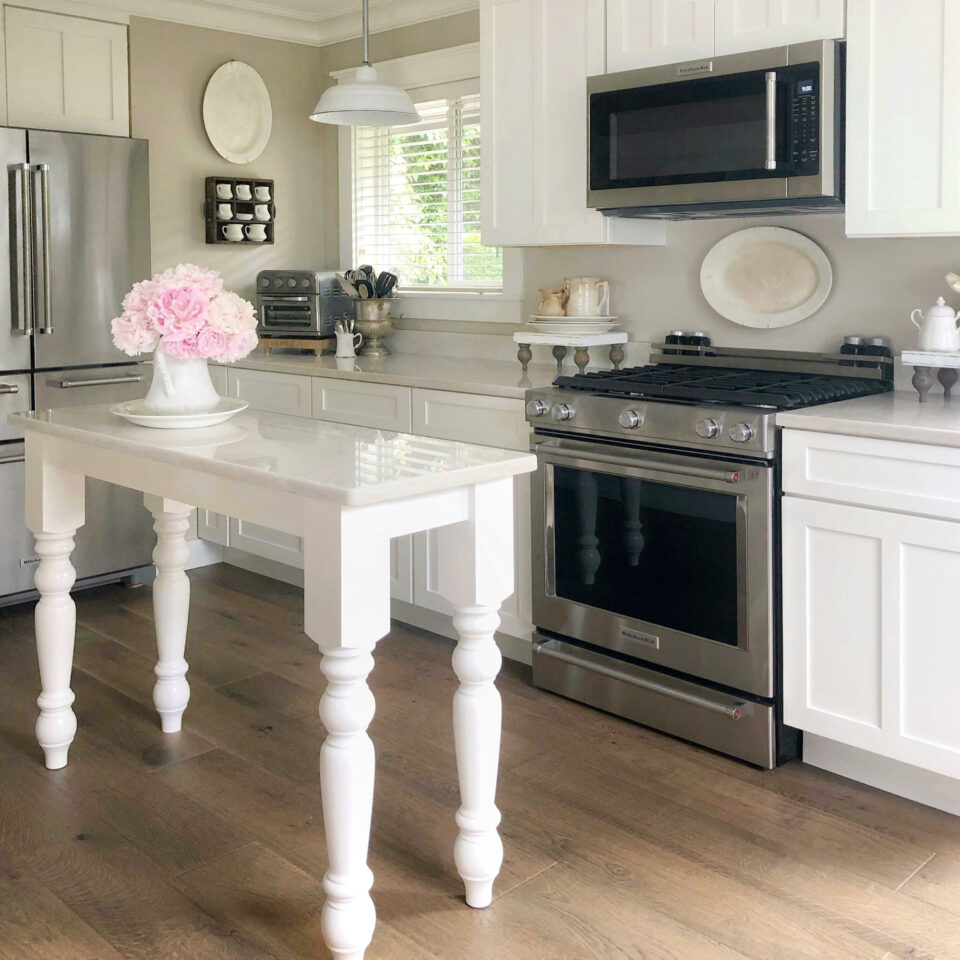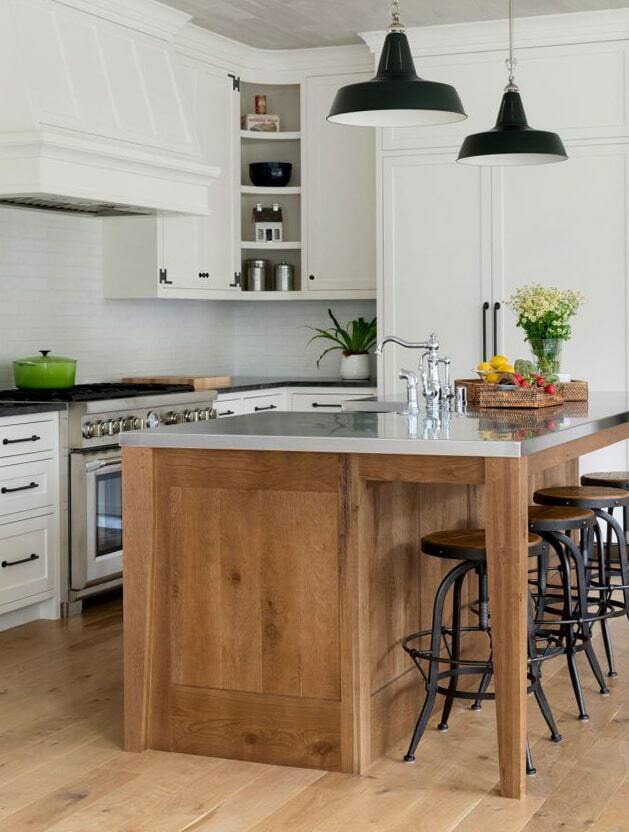Just how to Install a Kitchen Island Leg for Maximum Stability and Style
Just how to Install a Kitchen Island Leg for Maximum Stability and Style
Blog Article
Leading Considerations When Selecting a Kitchen Area Island Leg for Modern Kitchen Insides
In the realm of modern cooking area insides, the selection of a kitchen area island leg is crucial, influencing both appearances and functionality. As these elements intertwine, they increase further concerns about how to attain the excellent balance between design and practicality, leaving one to consider the ramifications of each decision on the general cooking area experience.
Material Choices
When it involves picking a cooking area island leg, material options play a crucial role in both appearances and functionality. kitchen island leg. One of the most typical materials consist of wood, metal, and composite alternatives, each offering distinct advantages and possible downsides
Wood is favored for its warmth and classic allure, giving a classic appearance that enhances different kitchen area styles. It is highly flexible, enabling customization in regards to colors and finishes. Wood may call for more upkeep to avoid warping or damage from dampness.
Metal, on the various other hand, brings a commercial and modern panache to kitchen islands. Stainless-steel and wrought iron are prominent choices, recognized for their toughness and resistance to use. They can hold up against the rigors of day-to-day use but might lack the heat connected with timber.
Composite materials, such as crafted wood or artificial blends, provide an equilibrium in between rate, toughness, and looks. These alternatives are commonly developed to resemble the appearance of natural materials while providing resistance to scrapes and spills.
Eventually, the selection of material need to line up with the total kitchen layout and intended usage, ensuring that the kitchen area island leg is both useful and visually enticing.
Design and Style
The design and design of a cooking area island leg considerably add to the overall visual of the room, complementing the selected material. When selecting the leg layout, consider the architectural style of the kitchen area. Sleek, minimalist legs made of stainless steel or acrylic harmonize with contemporary styles, while ornate, turned timber legs enhance traditional or farmhouse aesthetic appeals.
In addition, the finish of the leg can affect the visual impact; a polished chrome or matte black finish might evoke contemporary beauty, while distressed wood talks to rustic beauty. The leg's form additionally plays an essential role-- straight, angular kinds communicate an even more industrial feel, whereas bent or conical legs introduce a softer, much more inviting appearance.
Integrating decorative components, such as carvings or decorations, can include personality and personality to the kitchen island, additional improving its function as a prime focus. Ultimately, the chosen leg design need to not only line up with the general kitchen area layout but likewise mirror the homeowner's personal preference, ensuring that the kitchen area island ends up being a functional and unified focal point within the modern kitchen interior.
Height and Proportions
Achieving the best elevation and percentages for a kitchen island leg is crucial for both capability and looks. Cooking area islands usually vary in elevation from 28 to 36 inches, depending upon their planned use-- whether as a cooking surface, dining area, or office. Requirement counter top height is about 36 inches, making it important that the legs you select enhance this height to provide a seamless, integrated appearance.
Proportions likewise play a crucial role in the aesthetic equilibrium of the kitchen area. A slim leg might be suitable for a minimalistic or contemporary island, while a much more considerable leg may be needed for rustic or typical styles.
When selecting the height and proportions of the cooking area island leg, remember the overall layout theme of your kitchen area. This focus to detail not just enhances the capability of the space but additionally adds to a natural and visually attractive indoor design.
Security and Assistance
Regularly ensuring security and assistance in cooking area island legs is important for both security and capability. A well-constructed cooking area island should withstand day-to-day use, consisting of weight from appliances, cooking, and social gatherings. Therefore, the choice of legs should prioritize robust products and styles that can give sufficient assistance.
When examining stability, take into consideration the leg's product-- steel, light weight aluminum, or wood commonly offer premium strength compared to lighter alternatives. In addition, the layout should feature a broad base read the full info here to disperse weight evenly and decrease the danger of tipping or tottering. For example, legs developed with an A-frame or cross-bracing can significantly enhance stability.

Incorporating these considerations will not just improve the overall safety of the kitchen room yet also improve the durability and capability of the kitchen island, making it a beneficial focal point in modern kitchen interiors.
Ending Up Touches
When it pertains to finishing a kitchen island, thoughtful finishing touches can substantially boost both its aesthetic allure and capability. Selecting the click here for more ideal leg design is critical, but complementing it with appropriate details can transform the entire space. Consider adding decorative elements such as toe kicks or walls that match the cabinets or floor covering to produce a seamless look.

Lastly, the option of coatings plays a crucial duty in tying the design with each other. Whether going with a matte, shiny, or distinctive surface, ensure that it straightens with the general theme of your kitchen. A cohesive color combination and product selection will elevate the kitchen area island, making it a fascinating focal point. By focusing on these completing touches, house owners can create a kitchen island that is both stunning and practical, accommodating their lifestyle and layout preferences.
Conclusion

In the world of contemporary kitchen area insides, the choice of a kitchen island leg is essential, influencing both aesthetics and capability.The design and layout of a cooking area island leg substantially contribute to the total visual of the space, matching the chosen material.Attaining the ideal height and percentages for a cooking area island leg is important for both performance and appearances.Continually guaranteeing security and assistance in kitchen area island legs is essential for both safety and security and performance.In recap, selecting a kitchen area island leg for modern interiors needs cautious consideration of material selections, layout style, height, proportions, and security.
Report this page